This authentic Montreal Bagels Recipe is sweet, chewy, and unlike any bagel you’ve ever tried before. There’s something truly magical about them. I still remember my first one from a tiny, bustling shop in the Mile End neighborhood—it was smaller, denser, and had this subtle sweetness from being boiled in honey water.
That single bite started a lifelong obsession, and this recipe is the result of my quest to recreate that perfect memory right in my own kitchen.
Unlike their New York cousins, Montreal-style bagels are poached in honey-sweetened water. This crucial step gives them a gorgeous, slightly crispy crust and a unique flavor profile that is absolutely unforgettable. The process is so rewarding, and the aroma that fills your house is heavenly.
Why You’ll Love This Recipe
- Authentic Taste: It captures the iconic sweet and chewy texture of true Montreal bagels.
- Simple Ingredients: You only need basic pantry staples like flour, yeast, and honey.
- Incredibly Rewarding: The pride of pulling a dozen perfect, golden bagels from your oven is unmatched!
- Perfect for Freezing: Make a big batch and enjoy fresh bagels anytime you want.
Secrets to Making the Perfect Montreal Bagels Recipe
The magic of this recipe comes from a few humble ingredients working in perfect harmony. Each one plays a crucial role in creating that signature texture and flavor.
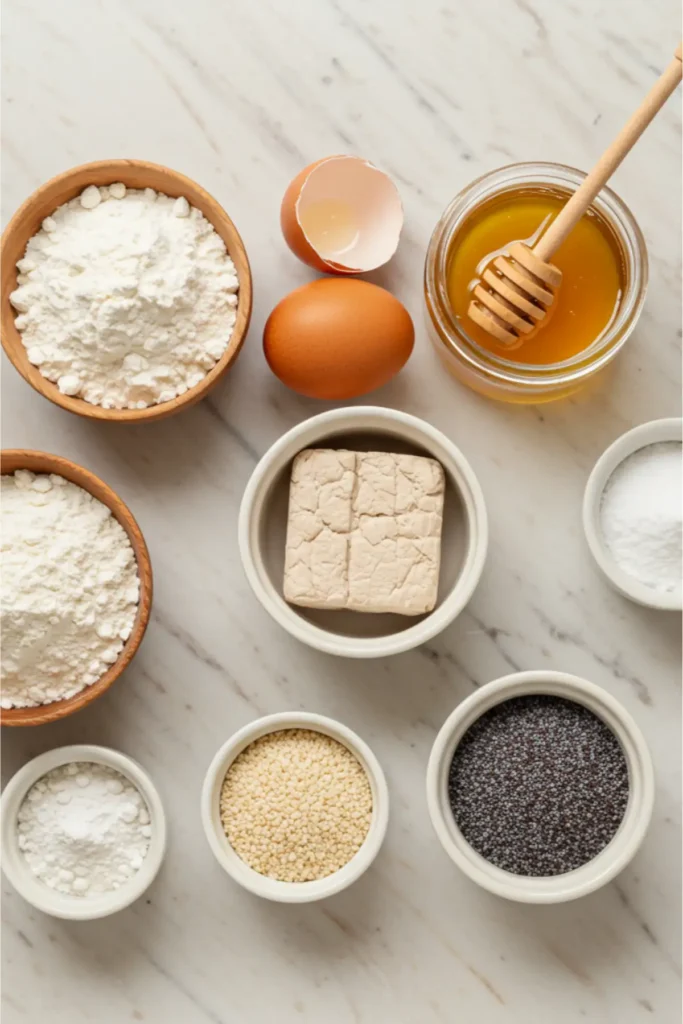
- Bread Flour: This is the key to that classic chewy bite! Bread flour’s high protein content develops the gluten needed for a bagel’s structure. If you must, you can use all-purpose flour, but the texture will be softer.
- Active Dry Yeast: This is what makes our bagels rise. Always check the expiration date to make sure your yeast is fresh and active.
- Egg: A single egg adds richness, flavor, and a bit of color to the dough.
- Sugar & Salt: A little sugar feeds the yeast, while salt provides essential flavor and controls the yeast’s activity.
- Honey: This is the star ingredient! We use it in the boiling water to infuse the bagels with a delicate sweetness and create that beautiful, shiny crust.
- Sesame or Poppy Seeds: These are the traditional toppings. The nutty flavor of toasted sesame seeds is the classic choice.
Crafting Your Montreal Bagels, Step by Step
Ready to roll up your sleeves? Don’t be intimidated by the steps; it’s a straightforward process. Let’s make some magic.
1. Activate the Yeast: In a small bowl, whisk together the warm water, sugar, and yeast. Let it sit for about 5-10 minutes. It’s ready when it becomes foamy and bubbly, just like in the photo.
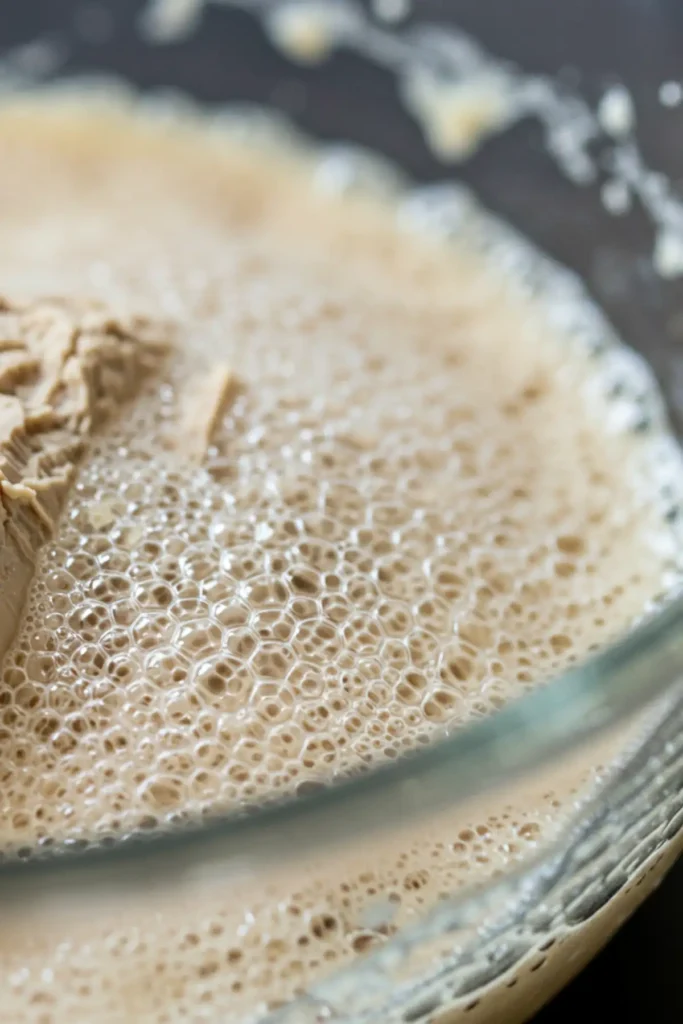
2. Mix the Dough: In the bowl of a stand mixer fitted with the dough hook, combine the bread flour and salt. Add the oil, egg, and the foamy yeast mixture. Mix on low speed until a shaggy dough begins to form.
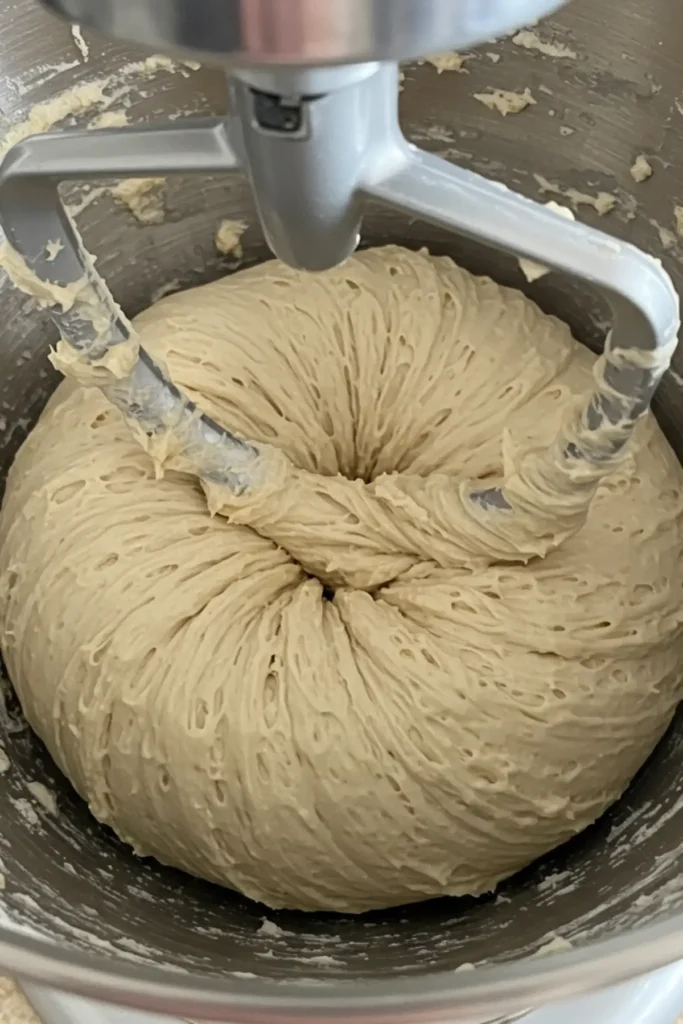
3. Knead to Perfection: Increase the speed to medium-low and knead for 8-10 minutes. The dough should become smooth, elastic, and pull away from the bowl’s sides. Pro-Tip: Use the “windowpane test”—stretch a small piece of dough. If you can see light through it without it tearing, it’s perfect.
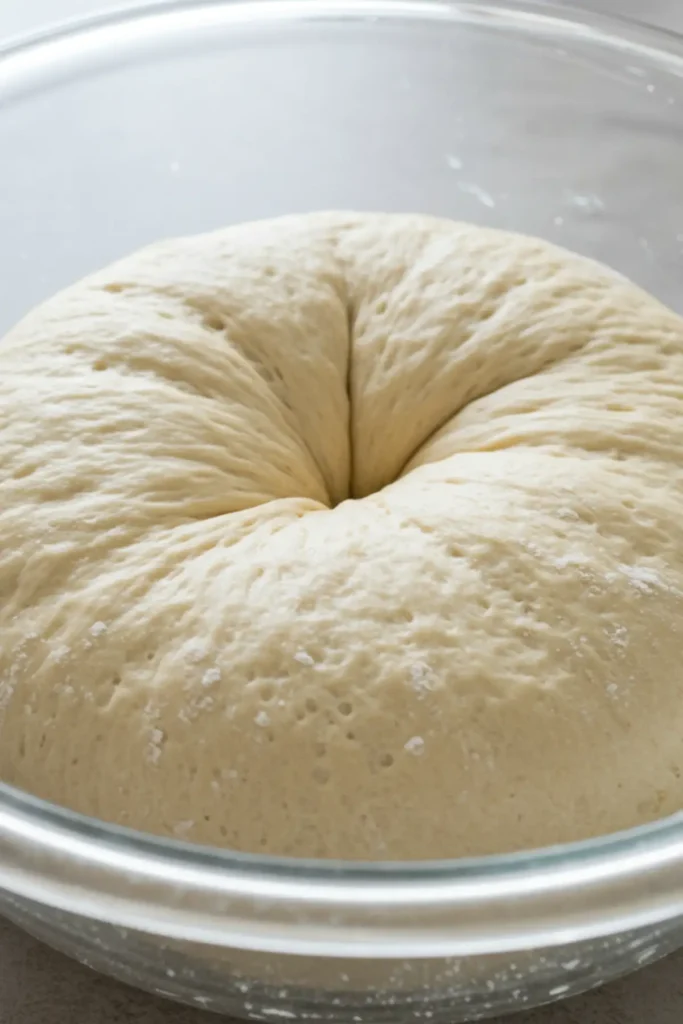
4. The First Rise: Lightly oil a large bowl and place the dough inside, turning it once to coat. Cover with plastic wrap and let it rise in a warm spot for 60-90 minutes, or until it has doubled in size.
5. Shape the Bagels: Gently punch down the risen dough. Divide it into 12 equal pieces on a lightly floured surface. Roll each piece into a smooth ball, then poke your thumb through the center and gently stretch the ring to form the bagel shape.
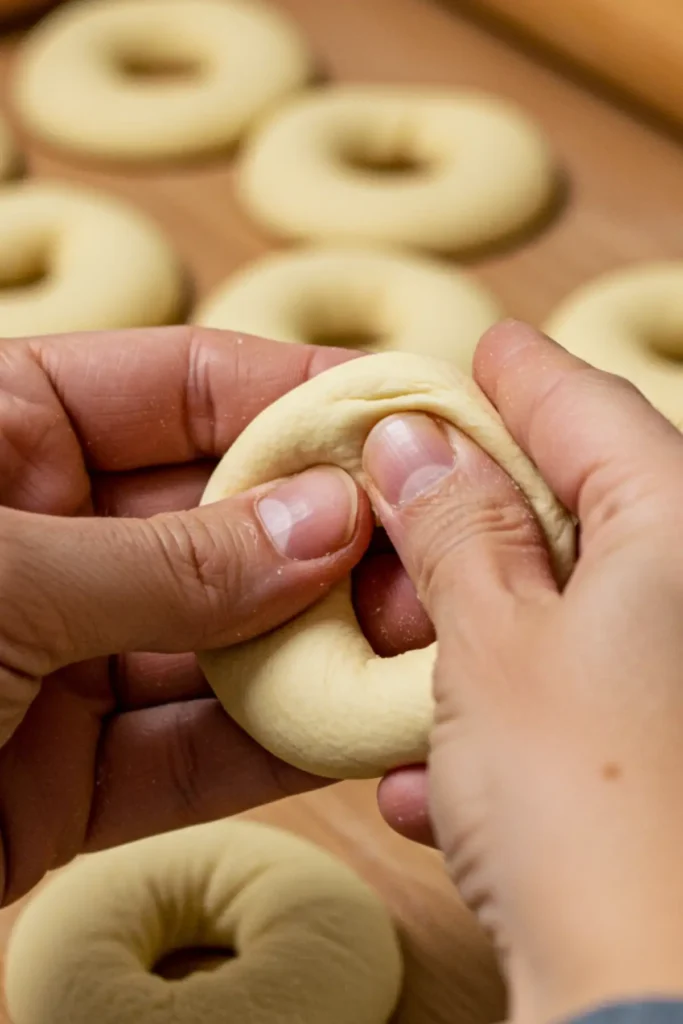
6. Prepare for the Boil: Let the shaped bagels rest for about 10 minutes. While they rest, preheat your oven to 450°F (232°C) and bring a large pot of water to a rolling boil. Stir in the honey.
7. The Honey Bath: Gently drop 3-4 bagels into the boiling honey water. Boil them for 1-2 minutes per side. This step is what sets the crust and gives them their signature shine and sweetness.
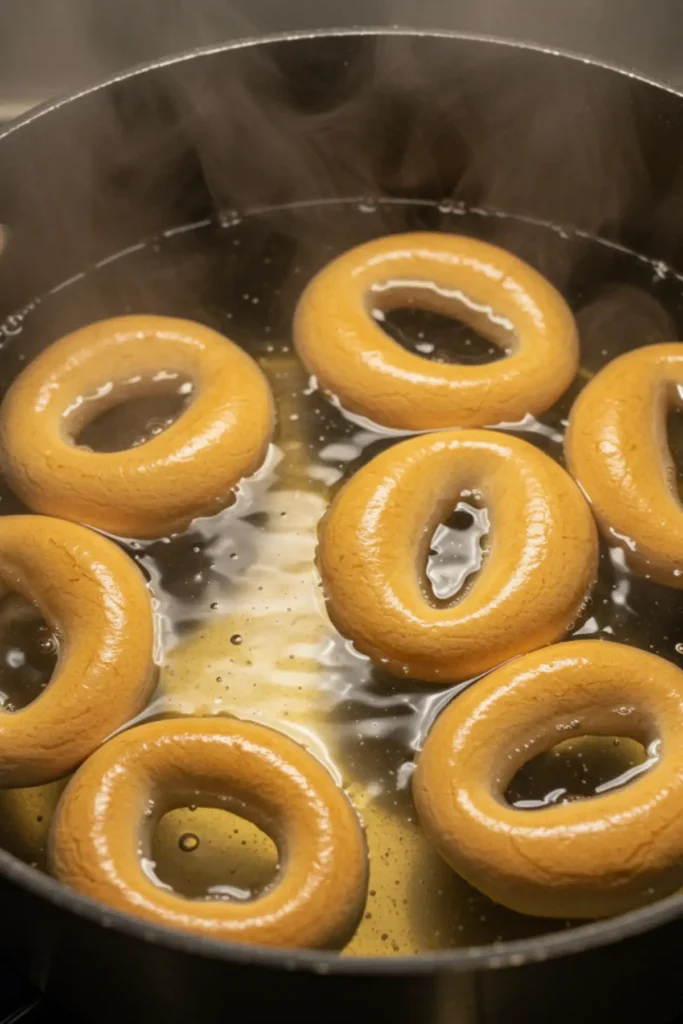
8. Top and Bake: Use a slotted spoon to remove the bagels and place them on a parchment-lined baking sheet. While they’re still wet, generously sprinkle them with sesame or poppy seeds. Bake for 15-20 minutes until deep golden brown.
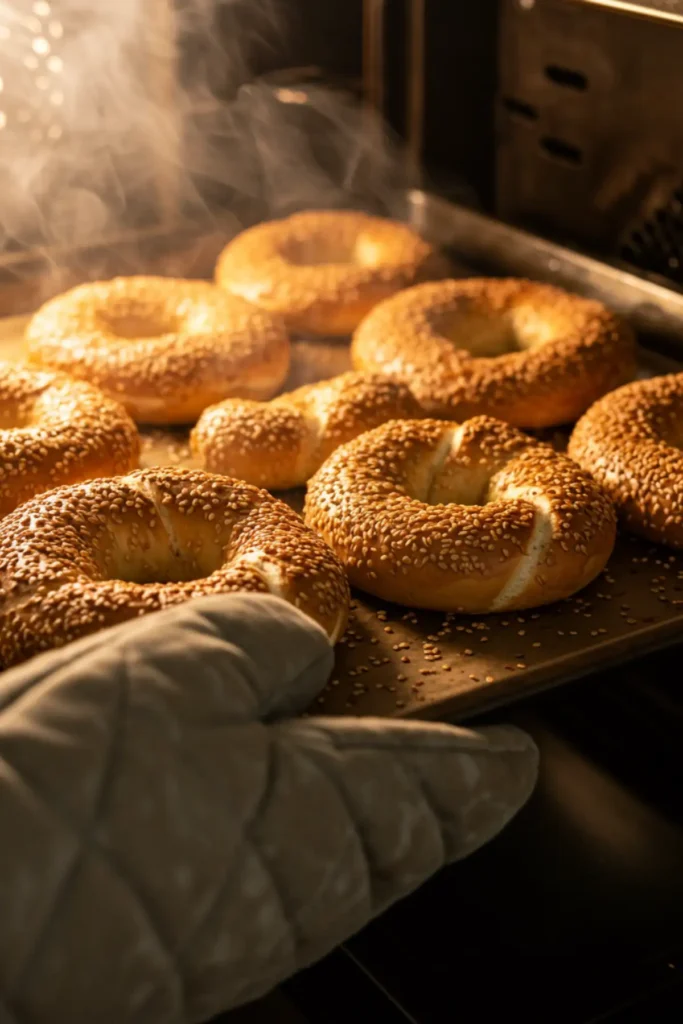
7 Expert Tips for Your Montreal Bagels Recipe
Check Your Water Temperature: The water for your yeast should be warm, not hot—around 105-115°F (40-46°C). Too hot, and it will kill the yeast.
Don’t Under-Knead: Kneading is essential for a chewy bagel. Be patient and let your mixer do the work or get in a good arm workout.
The Float Test: Unsure if your bagels have proofed enough? Drop one in a small bowl of water. If it floats, it’s ready to boil!
A Hot Oven is Key: A hot oven helps the bagels spring up quickly and develops that perfect golden-brown, slightly crispy crust.
Get a Good Seed Coating: For the best coverage, press the wet, boiled bagel directly into a shallow plate filled with your seeds.
Measure Flour Correctly: Spoon flour into your measuring cup instead of scooping. This prevents a dense, dry dough.
Embrace the Carbs: Bagels are a fantastic source of energy. According to the USDA, grains are a vital part of a healthy eating pattern, so enjoy your homemade creation!
Making These Montreal Bagels Your Own
Once you’ve mastered the classic, it’s fun to get creative. Try folding in a cup of cinnamon and raisins for a breakfast treat.
For a savory twist, use everything bagel seasoning, dried onion flakes, or grated Parmesan cheese as a topping. You can also swap 25% of the bread flour for whole wheat flour for a heartier, nuttier flavor.
How to Keep Your Homemade Bagels Fresh
These bagels are best the day they are made. Store any leftovers in a paper bag at room temperature for up to two days. Avoid plastic bags, which can make the crust soft.
For longer storage, freezing is the way to go. Slice the cooled bagels in half and place them in a freezer-safe bag for up to three months. You can toast them directly from the freezer.
Perfect Pairings
A fresh Montreal bagel deserves a perfect partner. Of course, you can never go wrong with a simple but delicious Bagel with Cream Cheese.
For the ultimate classic combination, dress them up with our amazing Bagel and Salmon Lox with Cream Cheese Recipe. The savory lox and tangy cream cheese are a perfect match for the bagel’s subtle sweetness.
Frequently Asked Questions (FAQ)
How do you make Montreal bagels at home?
Making Montreal bagels at home involves five main stages: creating and kneading a simple dough with bread flour, letting it rise, shaping the bagels, boiling them in honey-sweetened water, and finally baking them in a hot oven until golden brown.
What is the difference between Montreal and New York bagels?
Montreal bagels are boiled in honey water, making them sweeter and denser with a smaller hole. New York bagels are boiled in salted water, making them puffier, saltier, and chewier on the inside.
Are Montreal bagels healthier than New York bagels?
Nutritionally, they are very similar. Both are made from similar doughs. The main difference comes from the boiling bath (honey vs. salt) and toppings. A Montreal bagel may have slightly more sugar due to the honey, but the difference per bagel is often minimal.
Why are bagels boiled in honey?
Boiling bagels in honey water sets the crust, which keeps them from rising too much in the oven. This creates a denser, chewier interior. The honey also adds that signature sweetness and helps the crust brown beautifully.
Can I make these bagels without a stand mixer?
Absolutely! You can knead the dough by hand on a lightly floured surface for about 15-20 minutes until it’s smooth and elastic. It’s a great workout!
Can I use all-purpose flour instead of bread flour?
You can, but the texture will be softer and less chewy. Bread flour’s higher protein content is key to achieving that classic bagel chew.
How long do homemade bagels last?
Homemade bagels are best enjoyed within 24-48 hours. Store them in a paper bag at room temperature. For longer storage, it’s best to freeze them.
Why are my bagels flat?
Flat bagels can be caused by over-proofing the dough, not kneading it enough, or not having a hot enough oven. Ensure your dough has doubled (not tripled) in size and that your oven is fully preheated.
Can I freeze the bagel dough?
Yes! After the first rise, punch down the dough, wrap it tightly, and freeze for up to a month. Thaw it overnight in the refrigerator before shaping, boiling, and baking.
What’s the best topping for Montreal bagels?
Traditionally, sesame seeds are the most common topping, followed by poppy seeds. However, you can use whatever you like!
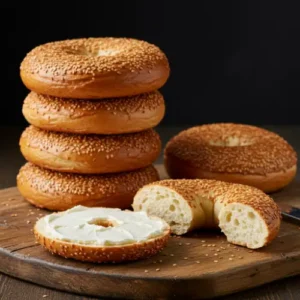
Authentic Montreal Bagels Recipe
Equipment
- Stand Mixer with dough hook (optional)
- Large Pot
- Slotted Spoon
- Baking Sheets
Ingredients
- 1 1/2 cups warm water (105-115°F or 40-46°C)
- 2 tbsp granulated sugar
- 2 1/4 tsp active dry yeast (1 packet)
- 4 cups bread flour plus more for dusting
- 1 1/2 tsp salt
- 1 large egg lightly beaten
- 1 tbsp vegetable oil
- 1/4 cup honey
- 1/2 cup sesame seeds or poppy seeds for topping
Instructions
- In a small bowl, combine the warm water, sugar, and yeast. Stir and let it stand for 5-10 minutes until the mixture is foamy.
- In the bowl of a stand mixer with a dough hook, combine the bread flour and salt. Add the yeast mixture, beaten egg, and vegetable oil.
- Mix on low speed until a dough forms, then increase to medium-low and knead for 8-10 minutes until the dough is smooth and elastic.
- Form the dough into a ball and place it in a lightly oiled bowl, turning to coat. Cover and let it rise in a warm place for 60-90 minutes, or until doubled in size.
- Punch down the dough and divide it into 12 equal pieces. Roll each piece into a ball. Poke a hole in the center of each ball and stretch to form a bagel shape with a 1-2 inch hole. Place on a parchment-lined baking sheet.
- Preheat your oven to 450°F (232°C). Bring a large pot of water to a boil and stir in the honey.
- Boil the bagels in batches, about 3-4 at a time, for 1-2 minutes per side.
- Remove bagels with a slotted spoon and place them back on the baking sheet. Sprinkle generously with sesame or poppy seeds.
- Bake for 15-20 minutes, or until deep golden brown. Cool on a wire rack before serving.
Notes
Conclusion
Baking your own Montreal bagels is about creating an experience and a delicious connection to a celebrated culinary tradition. The joy of tearing into a warm, chewy bagel that you made from scratch is truly special.
If you try this Montreal Bagels Recipe, please leave a comment and a rating below to let us know how it turned out!
Ready for your next kitchen adventure? Explore more delicious recipes here at SpoonnSpice!






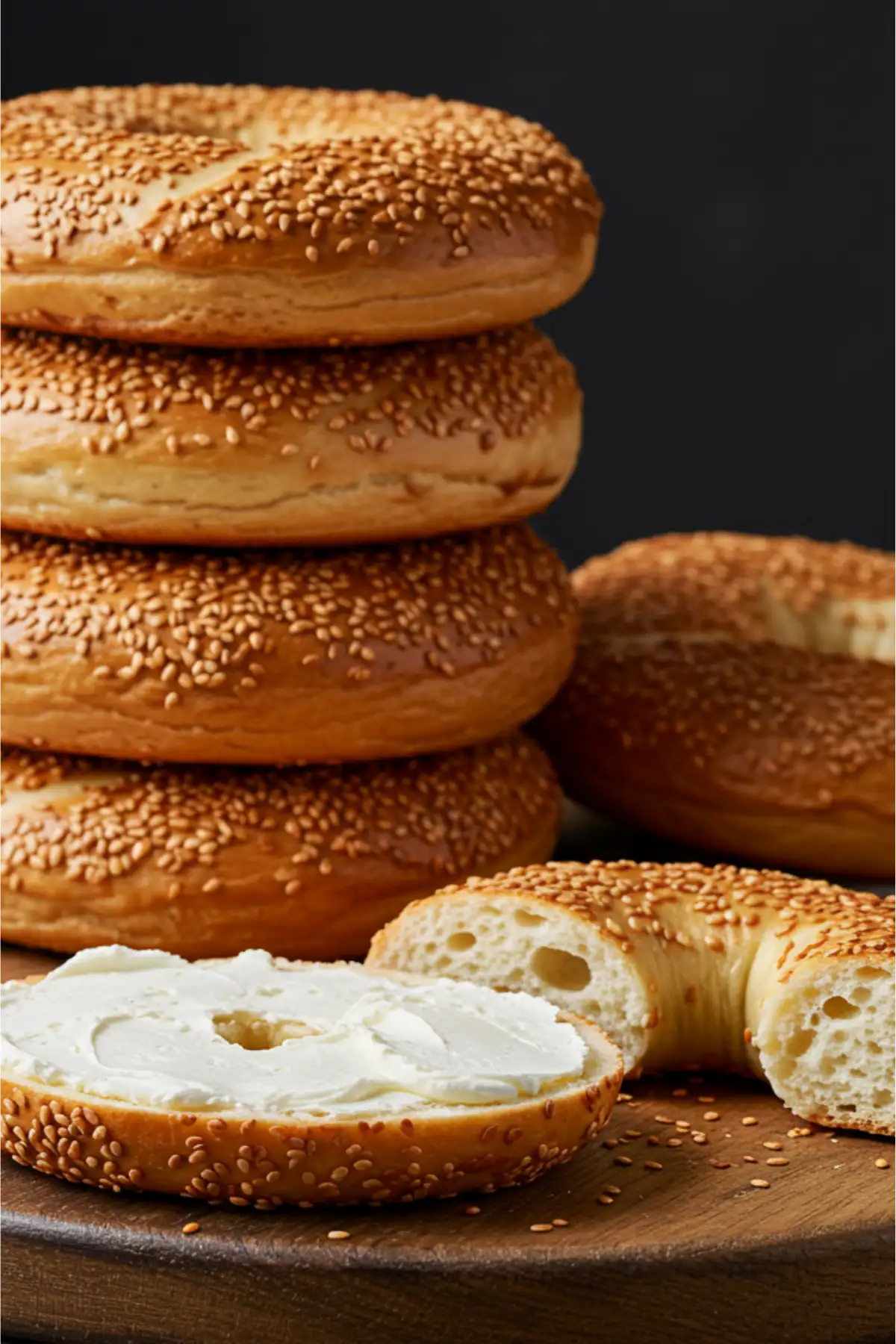


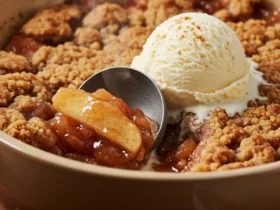
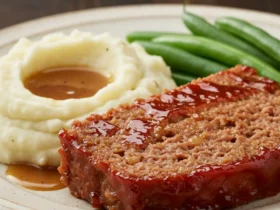

Leave a Review